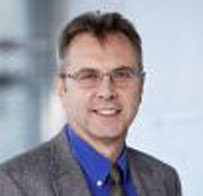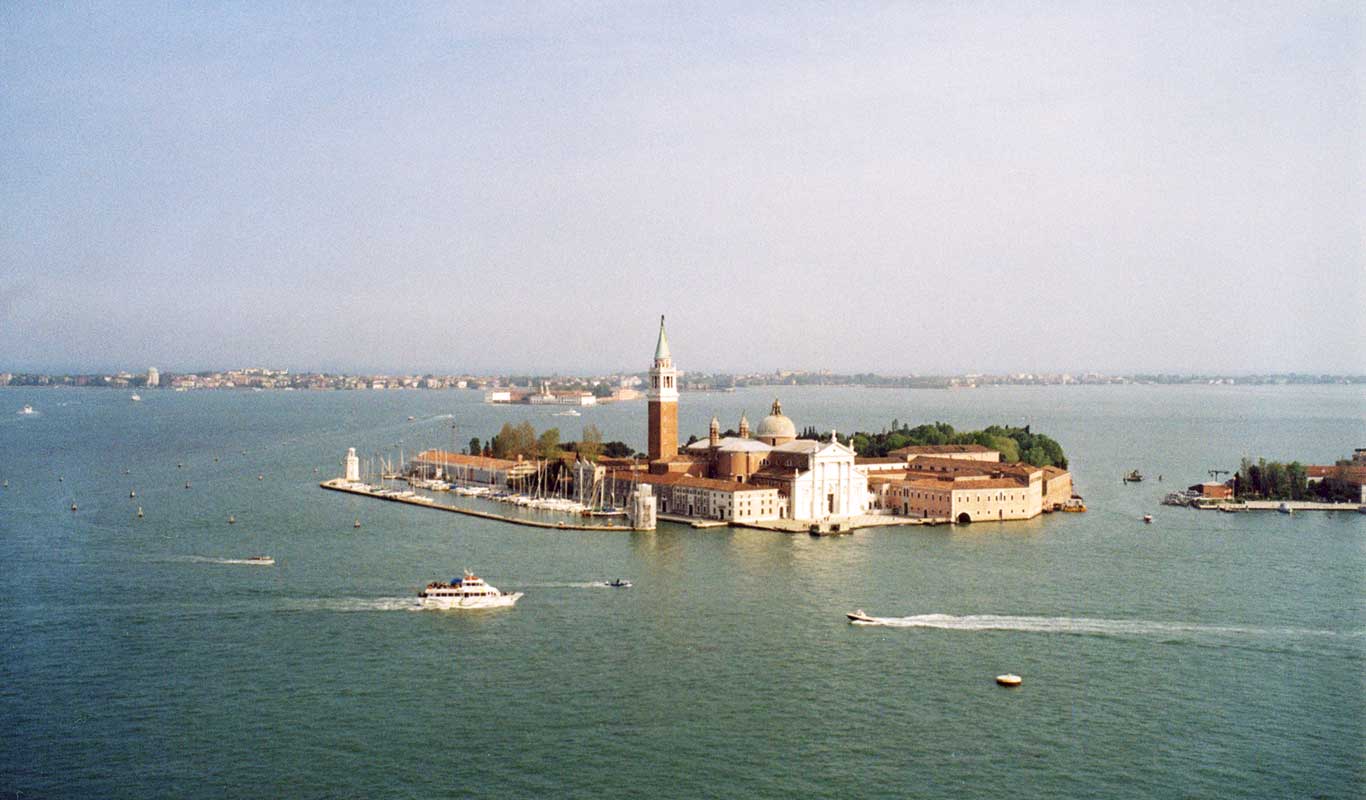Sotiris E. Pratsinis

Professor Sotiris E. Pratsinis (Diploma, Chem. Eng, Aristotle Univ. Thessaloniki, 1977; M.Sc. 1982 & Ph.D. Engineering, UCLA 1985) was born on March 21, 1955 in Chanea, Krete, Greece. He was in the faculty (1985-2000) of Chemical Engineering at the University of Cincinnati until he was elected Professor of Mechanical and Process Engineering (1998) and Adjunct Professor of Materials Science (2003) at the Swiss Federal Institute of Technology (ETH Zurich). There he founded the Particle Technology Laboratory and teaches Mass Transfer, Micro- & Nano-Particle Technology, Introduction to Nanoscale Engineering and Combustion Synthesis of Materials.
His research program on particle dynamics focuses on the fundamentals of aerosols with applications in materials synthesis for catalysis, gas sensors and biomaterials. He has published over 300 refereed journal articles with his students, received about a dozen European and U.S. patents licensed to various industries and contributed to creation of four spinoffs. He has been recognized by the 1988 Kenneth T. Whitby Award of the American Association of Aerosol Research, the 1989 Presidential Young Investigator Award from the U.S. National Science Foundation, the 1995 Marian Smoluchowski Award of the European Association for Aerosol Research and the 2003 Thomas Baron Award of the American Institute of Chemical Engineers. In 2009 he won an Advanced Investigator Grant from the European Research Council, in 2011 he received the senior Humboldt Research Award from Germany and in 2012 he was elected in the Swiss Academy of Engineering.
In 2005-06 he was appointed Russell Severance Springer Visiting Professor at the Mechanical Engineering Department of the University of California, Berkeley and since 2010 he is Visiting Professor the Harvard School of Public Health and a CENIDE Guest Professor at the University of Duisburg-Essen, Germany. In 1993 he was visiting professor at TU Delft, Netherlands and Univ. Karlsruhe, Germany. He is on the Editorial Boards of Journal of Nanoparticle Research, Particle and Particle Systems Characterization, KONA Powder and Particle, Powder Technology, Advanced Powder Technology, Current Opinion in Chemical Engineering, Journal of Aerosol Science, Industrial and Engineering Chemistry, Research and AIChE Journal.
Versione italiana
Il professor Sotiris E. Pratsinis (laurea in ingegneria chimica presso l’Aristotle University di Salonicco nel 1977; laurea specialistica nel 1982 presso l’UCLA e dottorato in ingegneria nel 1985 presso la stessa istituzione) è nato il 21 marzo 1955 a La Canea, Creta. Tra il 1985 e il 2000 ha fatto parte della facoltà di ingegneria chimica dell’università di Cincinnati; nel 1998 è stato nominato professore di ingegneria meccanica e di processo all’Istituto Federale di Tecnologia Svizzero (ETH di Zurigo) e nel 2003 professore associato di scienza dei materiali presso la stessa istituzione, dove ha fondato il Particle Technology Laboratory e tiene corsi sul trasferimento di massa, le tecnologie micro- e nanoparticellari, l’ingegneria a scale nanometriche (corso introduttivo) e la sintesi combustiva dei materiali.
Il suo programma di ricerca sulla dinamica particellare si concentra sulle proprietà fondamentali degli aerosol, con applicazioni alla sintesi di materiali per la catalisi, i rivelatori di gas e i biomateriali. Ha pubblicato insieme ai suoi studenti oltre 300 articoli su riviste con referaggio, registrato una decina di brevetti europei e statunitensi dati in licenza a varie industrie e contribuito a lanciare quattro spin-off. Ha ricevuto nel 1988 il Kenneth
T. Whitby Award dell’American Association of Aerosol Research, nel 1989 il Presidential Young Investigator Award della National Science Foundation statunitense, nel 1995 il Marian Smoluchowski Award dell’European Association for Aerosol Research e nel 2003 il Thomas Baron Award dell’American Institute of Chemical Engineers. Nel 2009 il Consiglio Europeo della Ricerca gli ha assegnato un Advanced Investigator Grant, nel 2011 ha ricevuto il premio tedesco Humboldt per ricercatori esperti e nel 2012 è stato eletto membro della Swiss Academy of Engineering.
Nell’anno accademico 2005-2006 è stato Russell Severance Springer Visiting Professor al Dipartimento di ingegneria meccanica dell’università della California a Berkeley; dal 2010 è Visiting Professor presso la Harvard School of Public Health e CENIDE Guest Professor all’università di Duisburg-Essen in Germania. Nel 1993 è stato professore visitatore alla Delft University of Technology, in Olanda, e all’università di Karlsruhe in Germania. Fa parte del comitato editoriale delle riviste Journal of Nanoparticle Research, Particle and Particle Systems Characterization, KONA Powder and Particle, Powder Technology, Advanced Powder Technology, Current Opinion in Chemical Engineering, Journal of Aerosol Science, Industrial and Engineering Chemistry Research e AIChE Journal.
Manufacture of functional nanomaterials and devices
Gas-phase synthesis of nanoparticles is attractive for manufacturing of nanomaterials as it offers fewer process steps, easier collection from process streams and fewer liquid byproducts than wet-chemistry routes. In addition, it can produce high purity materials (e.g. optical fibers) with unique structure and even phase composition.
The lecture will start with a fascinating overview of flame aerosol technology from ancient China and Greece to the bible printing by Gutemberg and to the current manufacture of nanostructured commodities (carbon black, fumed SiO2, pigmentary TiO2, filamentary Ni and among others). Recent advances in understanding of combustion and aerosol formation and growth allow now optimal aerosol reactor design and inexpensive production of nanoparticles with sophisticated composition, size and morphology leading to one-step synthesis of multi-metal component heterogeneous catalysts, highly porous, self-assembled lace-like or cauliflower-like and transparent gas sensors, radiopaque but transparent dental fillers and even nutritional products up to 1 kg/h even in academic laboratories! Such units have been built now in UK, Spain and India.
The research frontier now shifts to direct fabrication of nanoscale devices by stochastically depositing, above or below a functional nanostructured film, conductive nanoparticles that greatly reduce film resistance. This motivates the development of acetone sensors for early detection and monitoring of diabetes type-1 by breath analysis as well as flexible, multicomponnet and multifunctional nanocomposite films.
Versione italiana
La sintesi di nanoparticelle in fase gassosa è un interessante metodo di produzione di nanomateriali: riduce i passi da compiere, facilita il recupero dalla corrente di processo e riduce i sottoprodotti liquidi rispetto ai processi chimici per via umida. Può inoltre produrre materiali di alta purezza (per esempio fibre ottiche) unici per quanto riguarda la struttura e persino la composizione di fase.
Il seminario inizierà con un’affascinante panoramica della tecnologia di sintesi in fiamma di aerosol, dalla Cina e Grecia antiche alla stampa della Bibbia di Gutenberg, fino all’attuale produzione di materiali nanostrutturati (tra gli altri, nero di carbonio, microsilice, biossido di titanio pigmentario e nichel filamentoso).
Di recente si è arrivati a comprendere meglio la combustione e la maniera in cui gli aerosol si formano e crescono; ora è quindi possibile ottimizzare la progettazione dei reattori aerosol e la produzione economica di nanoparticelle assai complesse per quanto riguarda la composizione, le dimensioni e la morfologia, arrivando alla sintesi ad unico passo di vari dispositivi: catalizzatori eterogenei a componenti multimetallici; rilevatori di gas altamente porosi, autoassemblanti, trasparenti e a forma di ricamo o cavolfiore; otturazioni radiopache ma trasparenti e addirittura prodotti nutrizionali fino a 1 kg/h, anche nei laboratori universitari! Unità del genere sono state già costruite in Gran Bretagna, Spagna e India.
La frontiera della ricerca si è ora spostata verso la produzione diretta di dispositivi nanometrici tramite il deposito stocastico, sopra o sotto una pellicola funzionale nanostrutturata, di nanoparticelle conduttrici che riducono notevolmente la resistenza della pellicola. Tutto ciò facilita lo sviluppo di rilevatori di acetone per la diagnosi precoce e il monitoraggio del diabete di tipo 1 tramite l’analisi del fiato, oltre a pellicole nanocomposte flessibili, multicomponenti e multifunzionali.





